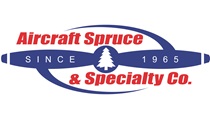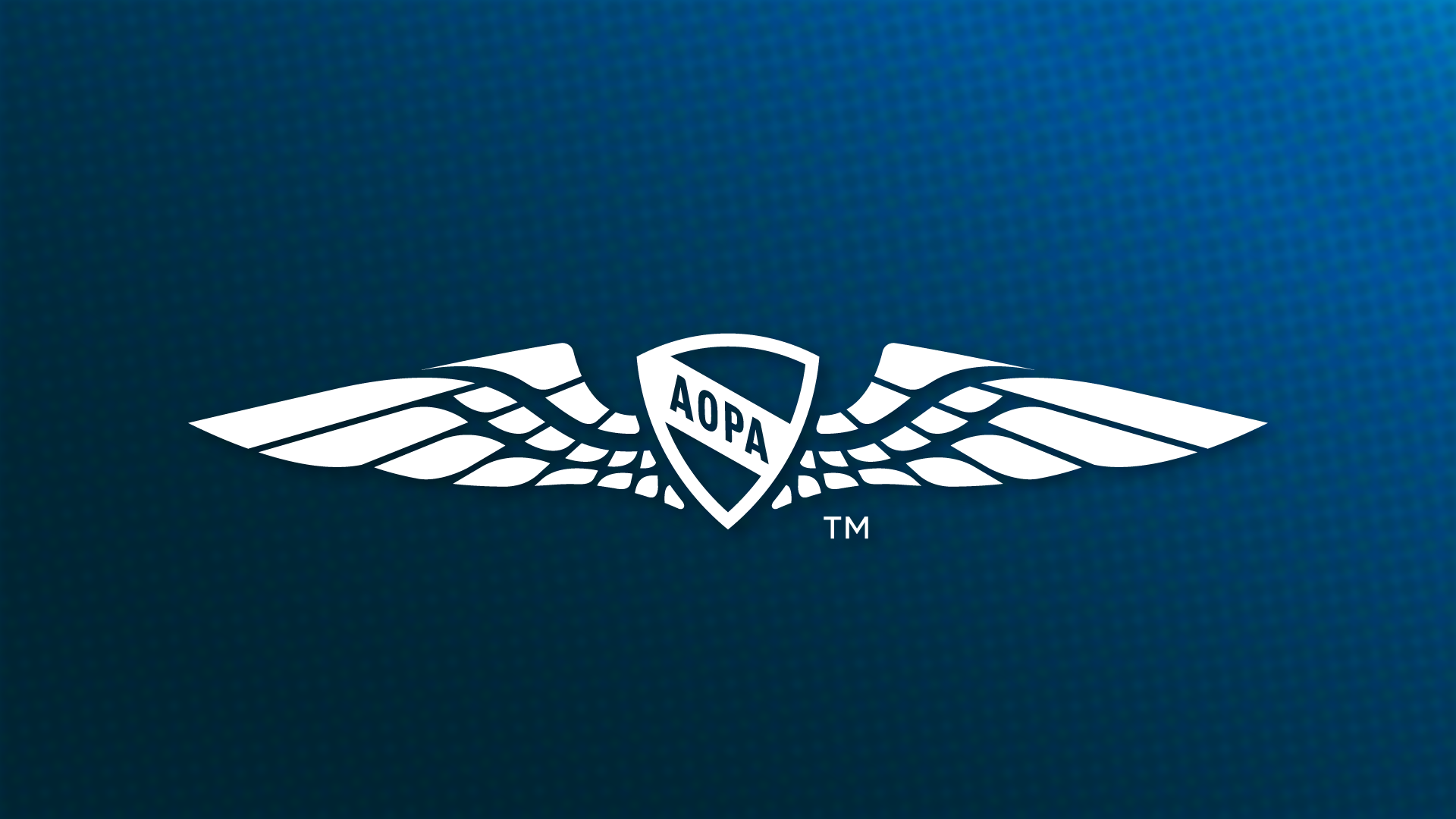
Opinion: Savvy Maintenance:
What does ‘airworthy’ mean? The definition of this ubiquitous term depends on the context

The annual was performed at a large, well-known Cirrus Authorized Service Center—the same service center that had performed the previous annual inspection on the airplane. So Bob was floored when the shop reported that all six cylinders had head cracks in the vicinity of the top spark plug holes. The shop assured Bob that Continental Motors would replace the cracked cylinders at no cost, although Bob would be on the hook for the several thousand dollars of labor involved in doing the top overhaul.
Once the six cylinders were removed, the shop had more bad news: It reported that the camshaft was “worn and pitted,” and informed Bob the engine would need to be removed from the airplane and sent to an engine shop for a teardown and cam replacement, at an estimated cost of close to $20,000.
Bob was in shock, but approved the engine removal and repair. Then things got worse: The engine shop reported that during nondestructive testing, the crankshaft was found to have a small crack and would need to be replaced. By now, Bob’s faith in the engine was seriously shaken, and although it was only at about 40 percent of TBO, Bob elected to have the engine shop perform a full major overhaul to the tune of nearly $50,000.
Reeling from these unexpected expenses, Bob decided to sue Sam for selling him a lemon, hoping to recover most or all of the unexpected expenses incurred only a few months into Bob’s tenure as an aircraft owner. After lots of legal bills on both sides and nearly two years in court, the two parties approached me and asked if I would serve as an independent expert and help resolve the matter.
Under normal circumstances, Bob would have no recourse against Sam because used GA aircraft typically are offered for sale on an “as is, caveat emptor” basis with the burden on the buyer to perform a prebuy and determine whether the aircraft is airworthy and acceptable. Indeed, Bob had commissioned a thorough prebuy with the scope and detail of an annual inspection (although it wasn’t logged as an annual) before closing the deal with Sam.
But in this case, Sam made a big mistake: He signed a written purchase/sale agreement with Bob that, way down in the fine print at the bottom of page two, stated: “The aircraft…is being sold in an airworthy condition with all of its systems being functional and operating.” Bob’s position was that the airplane’s Continental IO-550-N engine must have had six cracked cylinders, a damaged camshaft, and a cracked crankshaft at the time it was sold, and that Sam had misrepresented the airplane as being “in an airworthy condition” and therefore should be legally responsible for these airworthiness discrepancies. (Never mind that the A&P/IA Bob hired to do the prebuy missed them.)
Defining 'airworthy’
It became clear that the question of who should pay hinged on the meaning of Sam’s contractual airworthiness warranty. Exactly what does it mean to say that an airplane is “in airworthy condition?”
FAR 3.5 states that “Airworthy means the aircraft conforms to its type design and is in a condition for safe operation.” The first part of that definition is an objective standard: Does the item meet the specs under which it was manufactured and certified? The second part is a subjective judgment made by the person who is inspecting the aircraft and making the airworthiness determination.
But this is just a theoretical definition of airworthy. It would be impossible for anyone to know whether an aircraft is “totally airworthy” without completely disassembling it and inspecting, measuring, and testing each of its component parts.
In the real world, an aircraft is considered to be airworthy if it is inspected in accordance with an annual inspection by an appropriately qualified person—usually an A&P mechanic who holds an inspection authorization—and no discrepancies are found that the inspector considers to be serious enough to render the aircraft unairworthy. The scope and detail of the inspection is left to the discretion of the individual inspector and varies greatly between inspectors and maintenance shops, although the FAA defines the minimum required scope and detail of an annual (or 100-hour) inspection in FAR Part 43, Appendix D.
An aircraft that has gone through an annual inspection and received a clean bill of health is what I call “constructively airworthy.”
Are we to interpret Sam’s contractual airworthiness warranty as a promise that the aircraft was “totally airworthy” at the time of sale (i.e., free of any defects affecting airworthiness), or that it was “constructively airworthy” (i.e., has undergone an annual inspection in the past 12 calendar months and found to be in airworthy condition)?
After thinking about this until my head hurt, I concluded that Sam was warranting the airplane to be free of airworthiness defects to the best of Sam’s knowledge at the time of sale. It seemed to me that Sam could not reasonably be expected to warrant that the airplane was “totally airworthy,” because neither Sam nor his mechanics—nor anyone else—could reasonably know whether it was.
A standing joke among aircraft mechanics asserts that there is no such thing as an airworthy aircraft. If any aircraft is scrutinized sufficiently thoroughly (and invasively), it is always possible to find an airworthiness discrepancy. But of course, if shops routinely dug into aircraft that deeply, the airplanes would never fly, the owners could never afford to pay the maintenance bills, and at the end of the day no owner in his right mind would use that shop again.
The rest of the story
Something troubled me: How was it possible that the Cirrus’ engine had six cracked cylinders at Bob’s annual, after receiving a clean bill of health from both the same Cirrus service center a year before, and the IA who did the prebuy? If the annual uncovered one cracked cylinder, I might be able to buy that. But all six?
As I dug through the Cirrus’ logbooks and Bob’s email archive, something caught my attention. The Cirrus service center discovered the cracks when it performed an eddy current inspection of the heads. This puzzled me because there’s no guidance from Cirrus or Continental suggesting that eddy current inspections should be performed on cylinder heads. The standard procedure is to inspect the heads visually for cracks, and if a suspected crack is found, to verify that it has significant depth (and is not simply a superficial surface flaw) by performing a dye penetrant inspection. Incidentally, cracks in this area of the cylinder head aren’t a safety hazard; from what I’ve been able to learn from senior managers at Continental, there are no documented cases of cylinder failure caused by such cracks.
It seemed to me that the much more sensitive eddy current inspection was inappropriate for use on a rough sandcast cylinder head, and was very likely to produce false positives. Indeed, further research indicated that the Cirrus service center had just started performing eddy current inspections of cylinder heads a few weeks before Bob’s annual.
This explained why all six cylinders suddenly turned up cracked. And it convinced me that the cylinder-head cracks almost certainly were superficial and did not justify pulling the cylinders. Of course, if the cylinders hadn’t been pulled, the “worn and pitted” camshaft would not have been discovered, and the engine would never have been torn down to reveal the crankshaft crack.
Something else troubled me: Was the camshaft damage really sufficient to require tearing down the engine? The service center’s logbook entry reported that the camshaft was “worn and pitted.” Continental’s service information directive SID05-1A, which contains guidance for inspecting camshafts and lifters, explains that minor surface distress of cam lobes is absolutely normal, and that significant damage “is very rare, but will manifest itself as surface cracks on the nose [of the cam lobe] with moderate depth.” It goes on to say, “Only if such cracks are present should the camshaft be considered a candidate for replacement.”
The shop’s logbook entry didn’t say anything about cracks being found on the cam lobes. Nor did it make any reference to SID05-1A being followed. All it said was that the cam was “worn and pitted,” which according to SID05-1A does not justify tearing down the engine to replace the cam. Of course, if the engine hadn’t been torn down, the crankshaft crack would not have been discovered. So wasn’t it a stroke of luck that the engine was torn down when it was?
Maybe, maybe not. I studied the photographs of the crankshaft crack provided by the engine shop. I also reviewed correspondence from the engine shop stating that the shop was unable to determine whether the crack was a superficial surface flaw or something more serious. I could not find any history of crankshaft failures caused by cracks in that particular location. While I could not fault the engine shop for deciding to replace the crank once the crack was discovered (in an abundance of caution), I concluded that most likely the crack didn’t represent a safety-of-flight item, and that the crankshaft would more likely than not have made it to TBO or beyond.
Who is to blame for Bob’s economic misfortune? It seems to me there’s plenty of blame to go around. Sam should never have signed an agreement that warranted the aircraft as being in airworthy condition. The IA who did the extensive prebuy for Bob should have signed it off as an annual inspection instead of a 100-hour. The service center shouldn’t have condemned all six cylinders on the basis of an (in my view) inappropriately sensitive eddy current inspection, and should not have condemned the engine because the camshaft was “worn and pitted.” Bob should not have allowed the cylinders to be removed or the engine to be torn down without seeking an expert second opinion.
As to the question of whether Sam should be held liable for all or part of the cost of the engine overhaul that Bob approved and paid for, what do you think?
Mike Busch is an A&P/IA.
Savvy Maintenance coverage sponsored by Aircraft Spruce
Web: [email protected]



